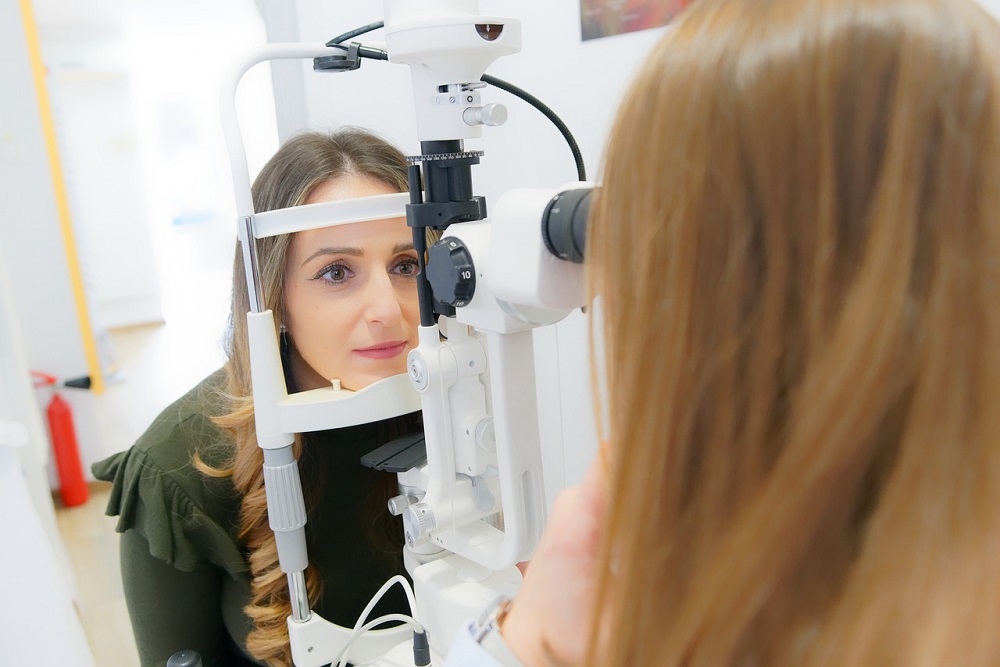
Wearing glasses and contacts can feel cumbersome for many people, especially those who have a particularly active lifestyle. Thus, many people are trying to take charge of their eyesight in a permanent way. The good news is that there has been a remarkable improvement in vision correction surgery in recent years. Several procedures have come to the forefront, such as LASIK, contoura vision, smile eye surgery, and more.
Most of these procedures reshape the cornea to let the light passing through it reach the retina. Other surgeries replace the eye lens. Here’s taking a look at three such vision correction surgeries:
- Smile eye surgery
- LASIK
- Contoura vision
1. Smile eye surgery
Smile eye surgery stands for Small Incision Lenticule Extraction. It’s the latest advancement and the new-age technique being used in the field of refractive laser treatments. All leading hospitals and ophthalmologists recommend this FDA approved procedure as it’s quick and needs less healing time.
There are no flaps created in smile eye surgery. Instead, surgeons make a lenticule to change the shape of the cornea and get a refractive correction. Below are some of the reasons why SMILE is considered one of the best vision corrective procedures.
Benefits:
- Smile eye surgery is less invasive as it needs only a 3 mm corneal keyhole incision instead of the 20 mm flap created in LASIK.
- It is just as accurate and safe as LASIK, but the recovery time is comparatively less.
- There are no risks of flap-based complications because no flaps are to be created for SMILE.
- Since excimer lasers are not used in this surgery, the procedure is odourless and quiet.
- It is a one-laser procedure that does not need the additional steps of using an excimer.
2. Laser-Assisted In-situ Keratomileusis (LASIK)
LASIK is the most common laser vision correction procedure. This term is almost synonymous with refractive surgeries. The simplest definition of this procedure involves the use of a laser to correct the shape of the cornea. There is no pain, stitch, or bandage engaged in the process, but you will undoubtedly get commendable results. Doctors even use LASIK to adjust vision changes due to age.
Benefits:
- LASIK involves significantly less pain as numbing drops are used
- Around 96 per cent of patients get their desired vision after LASIK surgery
- You need no stitches or bandages are required after LASIK
- Doctors can make adjustments to LASIK after years to correct vision when it changes due to age.
3. Contoura Vision
Contoura Vision is the bladeless LASIK surgery that surgeons perform using the Contoura vision machine. It’s the type of LASIK surgery that has become popular recently. Although it pays attention to corneal correction, it offers customized corneal correction that separates it from bladeless LASIK.
It involves making a big flap to expose your cornea to a laser. The fact that it uses flap makes the patient susceptible to flap-based complications, which is not the case with SMILE.
Benefits:
- A bladeless procedure that involves the use of two lasers, i.e., femtosecond laser and excimer laser.
- It is a painless procedure that is suitable to be done at any age.
- No injections are used, and no hospitalization is needed
- The irregularities on the corneal surface are removed to offer a long-term solution
The endnote
At present, SMILE has gained the maximum popularity in vision correction surgeries. However, the right type of surgery to improve your eyesight is what only your eye doctor can decide. So, talk to a specialist and act on their advice.





